What exactly was the issue of the most famous dispute in the history of early medieval Poland? The laconic description of Gallus Anonymus, considered the most credible, causes problems to this day. Can we still say what the Krakow bishop Stanisław did to Bolesław the Bold?
"It did him much harm when he applied sin against sin, and for treason [ traditio ] handed over the bishop to be cut off, "wrote Gall Anonymous. This famous sentence from the "Polish Chronicle" at first glance says little about the tragic dispute from the beginning of 1079 between the Polish king, Bolesław the Bold, and Bishop Stanisław of Szczepanów.
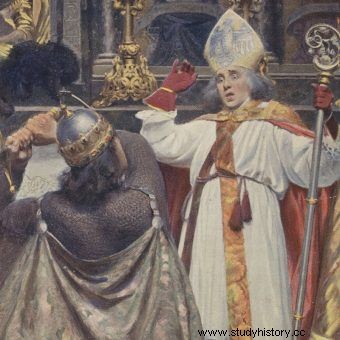
Death of Bishop Stanisław in the painting by Aleksander Augustynowicz. In fact, the death of the future saint was definitely different.
We only know that the clergyman committed a sin, considered by the monarch to be a treason and suffered a punishment, according to the writer, disproportionate to the guilt committed . The medieval chronicler, however, does not state exactly what the offense is. As it turns out in a moment, maybe it wasn't a betrayal in today's sense at all!
The insane hypothesis
Scientific attempts to explain the causes of the legendary conflict appeared as early as in the second half of the 19th century. Information about the king's violent character, derived from sources, prompted some researchers to hypothesize about the insanity that Bolesław had fallen into at the end of his life. According to it, it was mental illness that prompted the monarch to kill the bishop.
At the beginning of the 20th century, only Witold Sawicki remained with this concept. Many other historians have rejected it. They decided that it was created from a misreading of some of the statements of Gall's successor, the historian Wincenty Kadłubek, who led to the canonization of Stanisław.
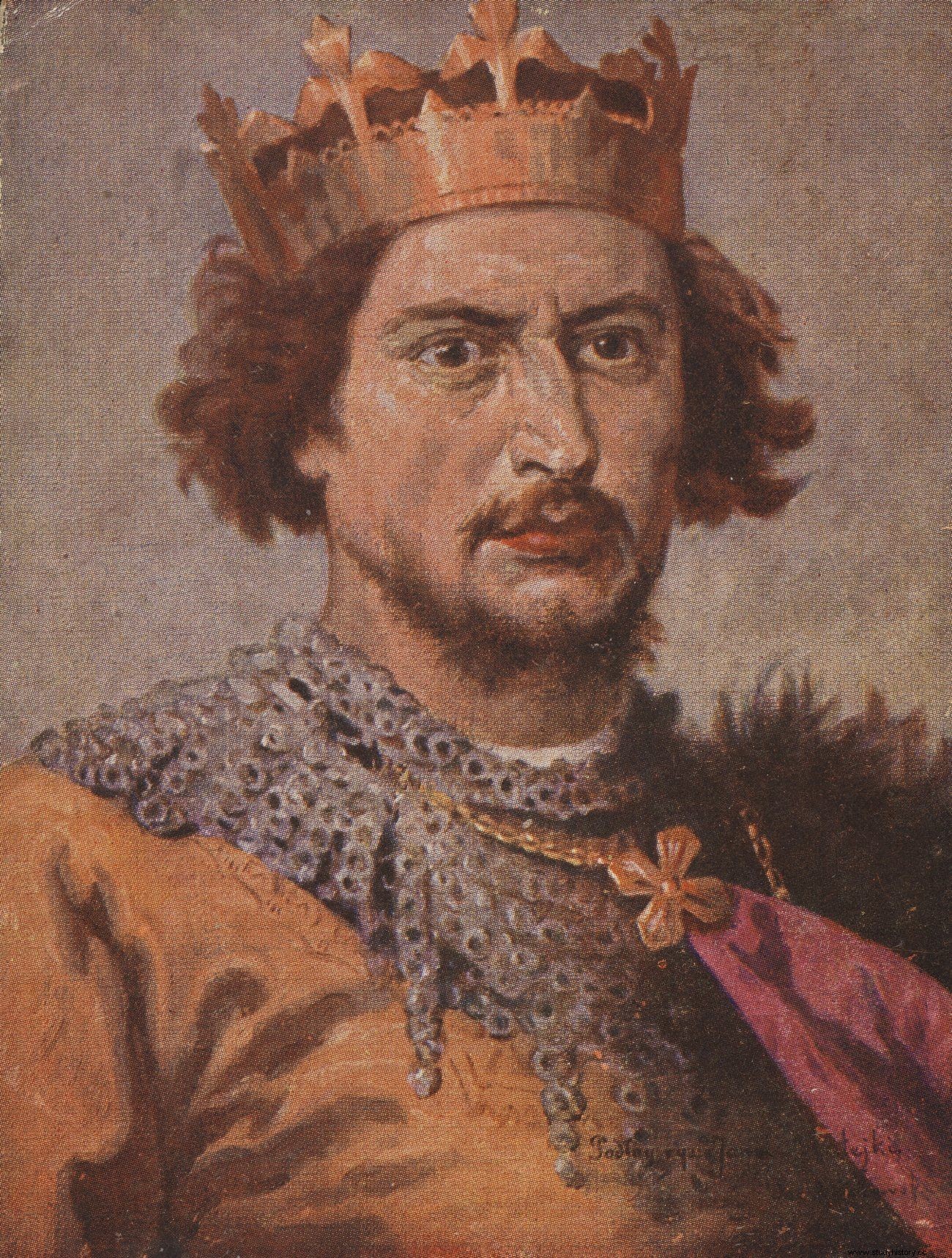
Did Bolesław the Bold condemn Bishop Stanisław to death because he lost his mind? Or was it something completely different?
The author of the book "The predatory family of the Piasts" does not believe in Bolesław's madness either , Sławomir Leśniewski. This is what he writes about the Polish ruler:
He was not (...) a mentally ill man. This ruler was deceptively similar to sixteenth - and seventeenth-century frontier warlords, as brave and sensitive to honor as they bathed in hot water and drew sabers too quickly.
Did Stanisław cheat?
Other theories focus not so much on the character of the king himself as on the deeds of the condemned man. In the 19th century, Maksymilian Gumplowski and Franciszek Stefczyk tried to explain the offense committed by Stanisław. Their view was accepted and additionally justified by Tadeusz Wojciechowski.
According to these researchers, the word traditio used in the Latin text should be translated as "high treason". They interpreted Stanisław's actions as an attempt to overthrow the king in collusion with the Czechs and Germans. One of the key arguments to defend this hypothesis was the radical change in Poland's foreign policy during the reign of Bold's brother and successor, Władysław Herman. Unlike his militant predecessor, he made peace with the Czechs and supported the emperor in his conflict with the papacy.
But is it really necessary to blame a clergyman so seriously? Roman Grodecki, the translator of "Polish Chronicle", shed some light on this issue. Admittedly, he translated the words traditor and traditio as a traitor and a betrayal, respectively, but he explained that in medieval Latin they had a much broader understanding than they are today.
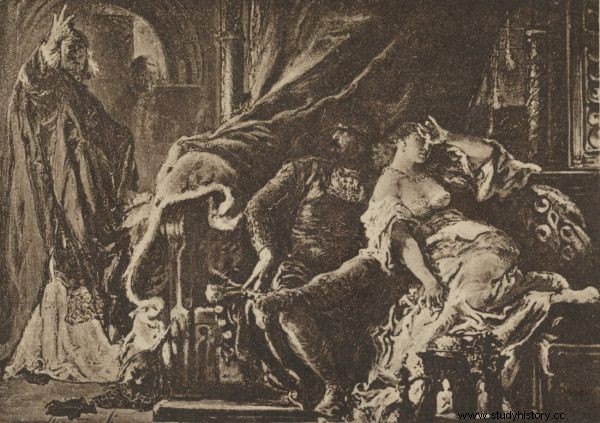
Did Stanisław of Szczepanów betray King Bolesław the Bold? In the illustration, Stanisław and Bolesław after Matejko.
Traitors were then called all those "who do not keep their natural masters faith." This term included, among others, rebels and people who assassinated the monarch and the laws he enacted. How various actions could be considered "treacherous" in the 11th century, also writes Sławomir Leśniewski in the book "The predatory family of the Piasts" , listing:"the vassal of the vassal, an offense to majesty, rebellion against the ruler, and several other offenses."
Joachim Lelewel, Adam Miodowski and Stanisław Smolka followed a path similar to that of Grodecki, and later Tadeusz Grudziński. The latter thoroughly analyzed the essence and background of the conflict between Bolesław and the bishop. Currently, a large part of researchers considers the most probable view that Stanisław supported the rebellion of the mighty against the Bold. This position is also presented by Leśniewski in his book, where we read:"(...) according to the chronicler, the bishop did not fulfill the duty of allegiance that he owed the king (...)".
Source of the conflict
The reason why the Polish clergyman decided to take a stand against the reigning ruler was probably due to, among other things, his disappointed ambitions. One of the first clashes between them happened before the coronation of the Polish prince. Stanisław, the head of the largest and most important diocese in the country, next to Gniezno, expected that he would be awarded the title of archbishop. The post had remained vacant for many years, and he, as the Bishop of Kraków, felt quite an obvious candidate.
However, the hopes of the future saint came to nothing. After all, it was not his hands that put the crown on Bolesław's temple in the winter of 1076. He could blame the monarch for this. Although Bold took the side of Pope Gregory VII in the dispute between the papacy and the empire during his reign, he did not give up his secular investiture. This meant that he made the final decisions regarding the election of the archbishop.
Stanisław probably felt personally wronged by the king. The moment of rematch came when the Polish ruler set out on Kyiv. A rebellion against him broke out in the country at that time. And the Krakow bishop openly supported the rebels.
Why a revolt?
The conflict ended tragically for both antagonists. The church hierarch was sentenced to beheaded, and the king had to flee the country shortly after. But was it the excessively harsh sentence that was the reason for his overthrow?
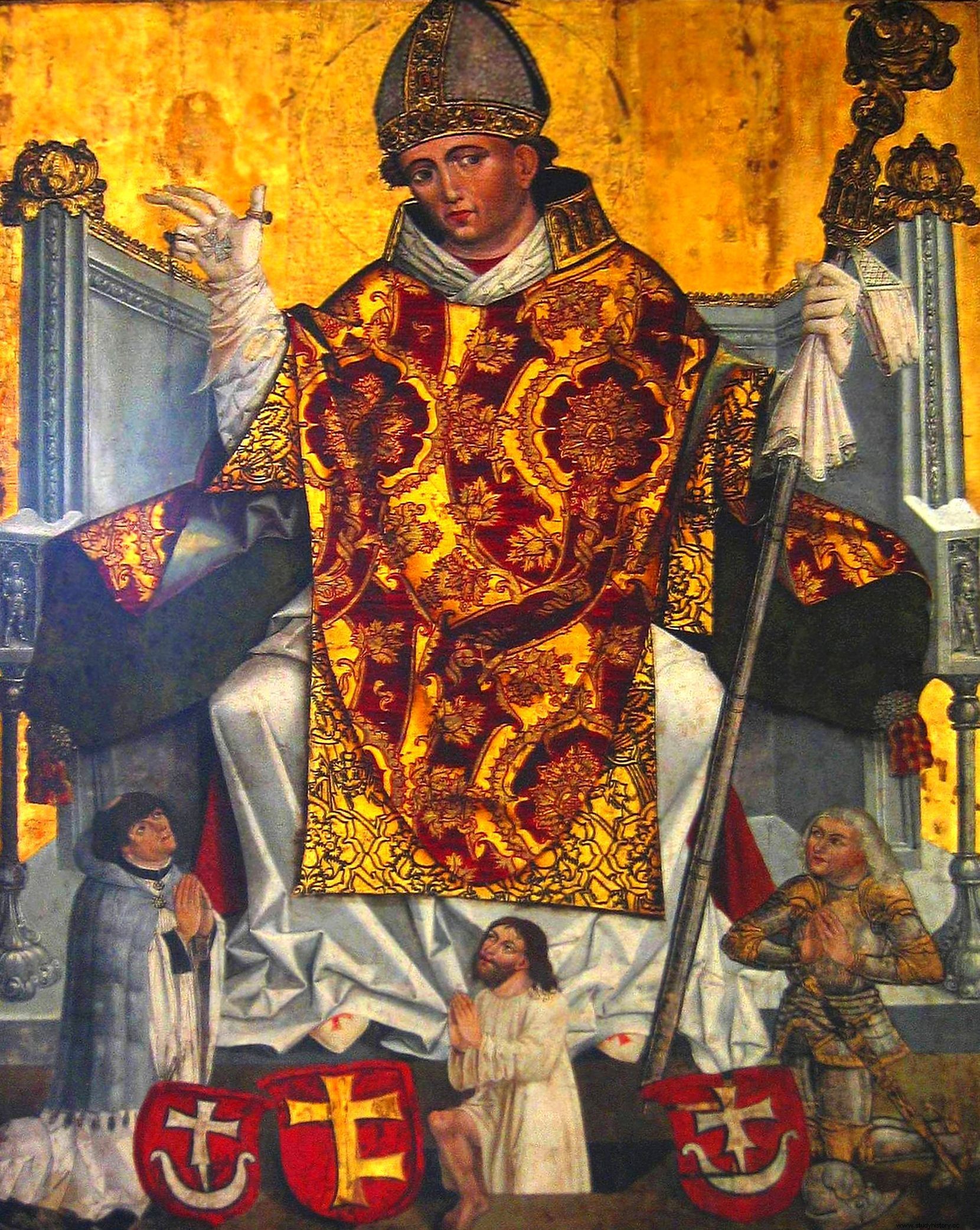
Contrary to the legend, Bolesław did not kill Bishop Stanisław himself. However, he condemned him to behead members. The illustration shows a painting of Saint Stanislaus from around 1490. It is located in the Franciscan monastery in Krakow.
Gall does not mention directly what caused Bolesław to be thrown from the throne. Let us put Kadłubek's revelations aside as drawn from the finger. We know, however, that "the repression of Stanisław hurt Bolesław a lot, but it did not decide about his expulsion." So what was decisive? It must be assumed that the powerful contributed to the king's exile. As Sławomir Leśniewski emphasizes, they were discouraged by the king's foreign policy and fiscal burden.
In the history of the first Piasts, this is not the only case of a conflict between the subjects and the rulers. Suffice it to recall the case of Przybywoj and Odylen, supporting Oda, Mieszko I's second wife, against Bolesław the Brave. Mieszko II, who lost to his brother, Bezprym, lost the crown before Śmiały. His wife, Rycheza, and his son, Kazimierz Odnowiciel, also had to flee the country.
In 1079, anti-royal attitudes may have resulted from the powerful feeling that they were losing influence over the country's politics. Ultimately, after the coronation, Bolesław was not only the first of his equals, but he climbed a level higher:he became a monarch, God's anointed. There must also have been concern about the king's violent character, which could have turned him into a tyrant and despot.

Was it the fear that he would become a tyrant driven the rebellion against Bolesław by the powerful? The picture shows the image of the ruler by Aleksander Lesser.
It is possible that the offended bishop of Krakow shared the anxiety and dissatisfaction of the Polish lords. If so, it is quite likely that he supported their rebellion. This thesis is confirmed by one more important premise. It is mentioned by Sławomir Leśniewski in the book "The predatory family of the Piasts" :
Canonization after two hundred years (...) proves that the bishop did not represent the Church in his dispute with the ruler . Otherwise, as a martyr for the faith, he would probably be counted among the saints much faster.
The process of canonization of clergymen who died in the service of the Church did indeed, as a rule, run smoothly. Bishop Wojciech was elevated to the altars only two years after his death. Likewise, Canterbury Bishop Thomas Becket, who was declared a saint three years after he was murdered by the knights of Henry II. The fact that in the case of Stanisław we had to wait much longer in order to be able to make efforts to recognize him as a saint seems significant. And yet Wincent Kadłubek, one of the later bishops of Kraków, was extremely concerned about this.
Also, the penalty of truncation itself fits this interpretation. Perhaps it was simply intended to intimidate the opposition and demonstrate royal power - which, as we know from history, was completely unsuccessful . It is worth adding that most likely Bolesław did not abuse his power by passing this cruel sentence.
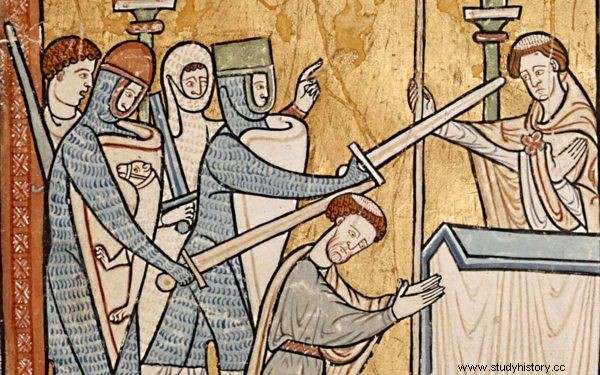
Thomas Becket became a saint only three years after his martyrdom. Stanisław had to wait for this for 200 years. This is food for thought.
Of course, the question of the jurisdiction of the ruling over the clergy in early medieval Poland has not been (and probably will not be) resolved unequivocally. Some researchers, including Tadeusz Grudziński, take the position, however, that the clergy were subject to the monarch's court in property and criminal matters. This view is shared by Sławomir Leśniewski, who wrote:
It doesn't matter if Stanisław was acting for political or religious reasons. According to the ruler, whom he took the oath of allegiance in 1072, he committed treason. The penalty for such behavior was the aforementioned cutting of members (…).
